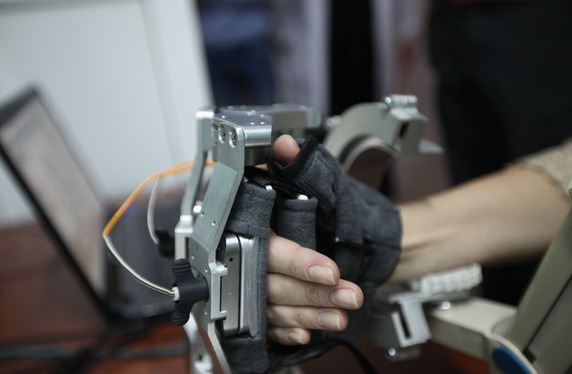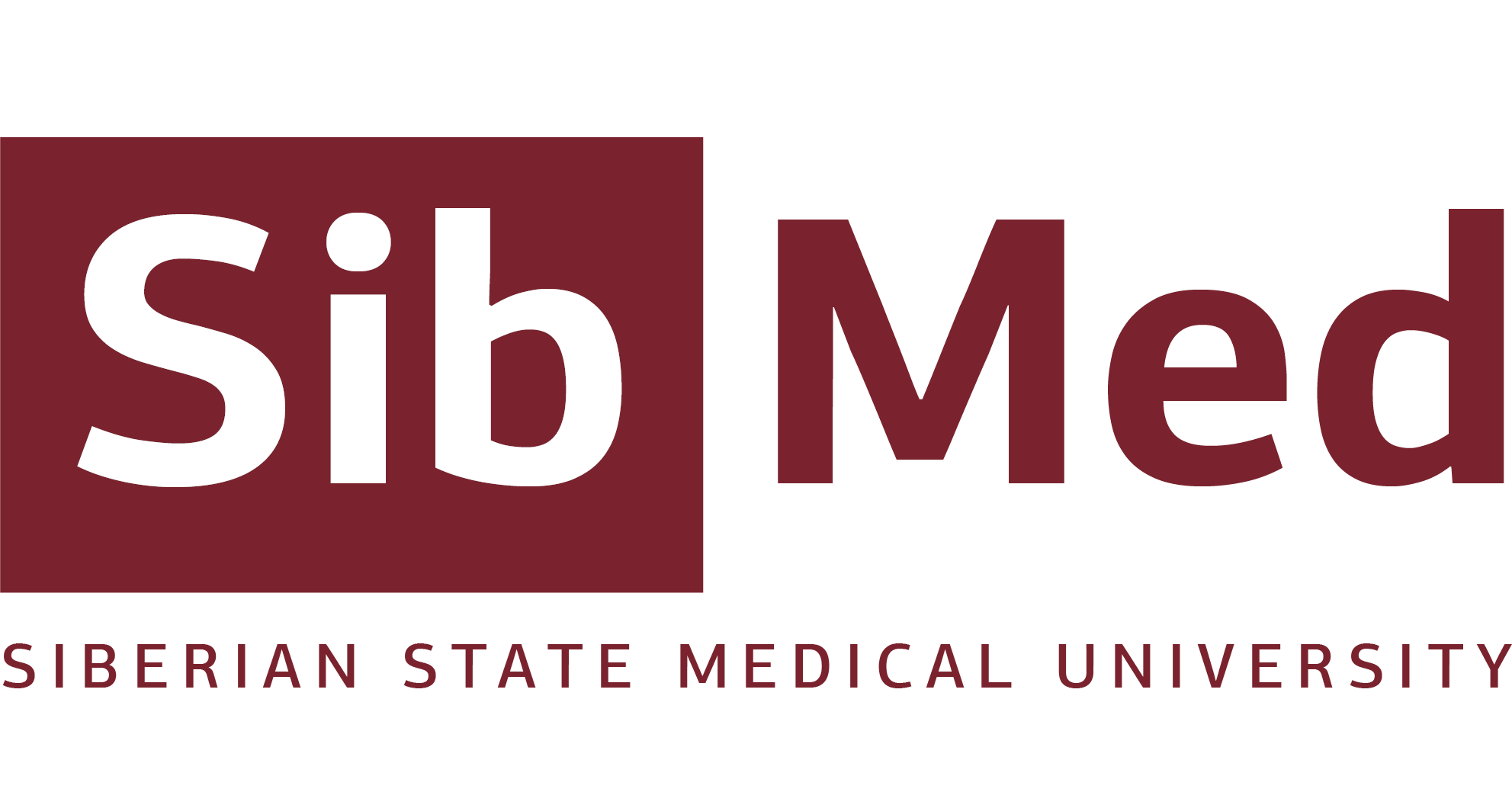Robot-assisted Rehabilitation in Post-stroke Patients: From Research Breakthrough to Substantially improved Quality of Life
29.01.2020

Scientists at Siberian State Medical University (SibMed) investigate brain plasticity during the rehabilitation of patients with ischemic stroke using auxiliary robotic mechanisms, including the hand exoskeleton.
The author of the study, Dr. Ekaterina Koroleva (MD, Ph.D., Associate Professor of the Neurology and Neurosurgery Department), emphasized that previously, there was a dogma that nerve cells cannot be restored. However, over the past ten years, it has been proven that adult neurogenesis does not stop throughout life, it can be stimulated. Performing the same movement of a paretic extremity with the same intensity and regularity allows you to boost the motor cortex of the brain and activate the processes of neuroplasticity - the so-called "principle of motor learning." It causes the establishment of synaptic connections and helps to achieve a motor function recovery because they are taken on by the nerve cells surrounding the lesion.
Thus, a breakthrough in basic research, which evidence that the central nervous system is capable of reorganization and functional restructuring, has led to the active introduction of robotic systems for the rehabilitation of patients with motor disorders.
Recovery of motor functions after a stroke is a non-linear process. The rehabilitation of the upper extremities, especially hand rehabilitation, usually takes more time. We use the hand exoskeleton designed to assist in performing a passive range of movements in the complete absence of motor activity, as well as a passive assisted range of movements – a patient shows minimal movements made by the hand, and the device helps him to flex and unbend the hand entirely. Repeating the same movements during training creates a continuous flow of nerve impulses of equal strength into the cerebral cortex - the phenomenon of "long-term potentiation" that underlies brain plasticity mechanisms.
Tomsk scientists use the exoskeleton hand made by «Андроидная Техника» (Androidnaya Tekhnika) company. The exoskeleton hand is equipped with servo motor interfacing and interface, which is capable of reading out force transducers. The comparison with foreign analogs shows that the «Экзокисть - 2» (Exokist – 2) complex is cheaper and more importantly, servicing is ensured on the territory of the Russian Federation.
Patients are observed at all stages of rehabilitation - from the moment they enter the Tomsk Regional Vascular Center, where they undergo early rehabilitation, including the use of electromechanical devices. Rehabilitation at Tomsk Research Institute of Health Resort Medicine and Physiotherapy is the second stage of medical rehabilitation, which starts in 14-16 days after the disease onset. During the course of a single session, a patient with paresis performs at least 300 affected upper extremity movements. Patients exercise under closed supervision twice a day. The duration of complete rehabilitation takes about 28 days.
The study “Development of the scientific foundations of robotic neuromyorehabilitation” began in 2018 under financial support from the Russian Science Foundation (RSF) (Agreement No. 18-15-00082).
All patients with ischemic stroke undergo robotic neurorehabilitation, including an assessment of clinical effects, neurophysiological, and neuroimaging tests. We also examine markers of brain plasticity and markers of nervous tissue damage. An integrated multidisciplinary approach and applying methods with a high level of evidence allow us to implement a fundamental approach to the problem of rehabilitation treatment using auxiliary robotic mechanisms and to develop science-based innovative regimes.
Researchers intend to develop modes of robotic rehabilitation for multiple sclerosis, spinal injuries, and other pathologies in the future.
